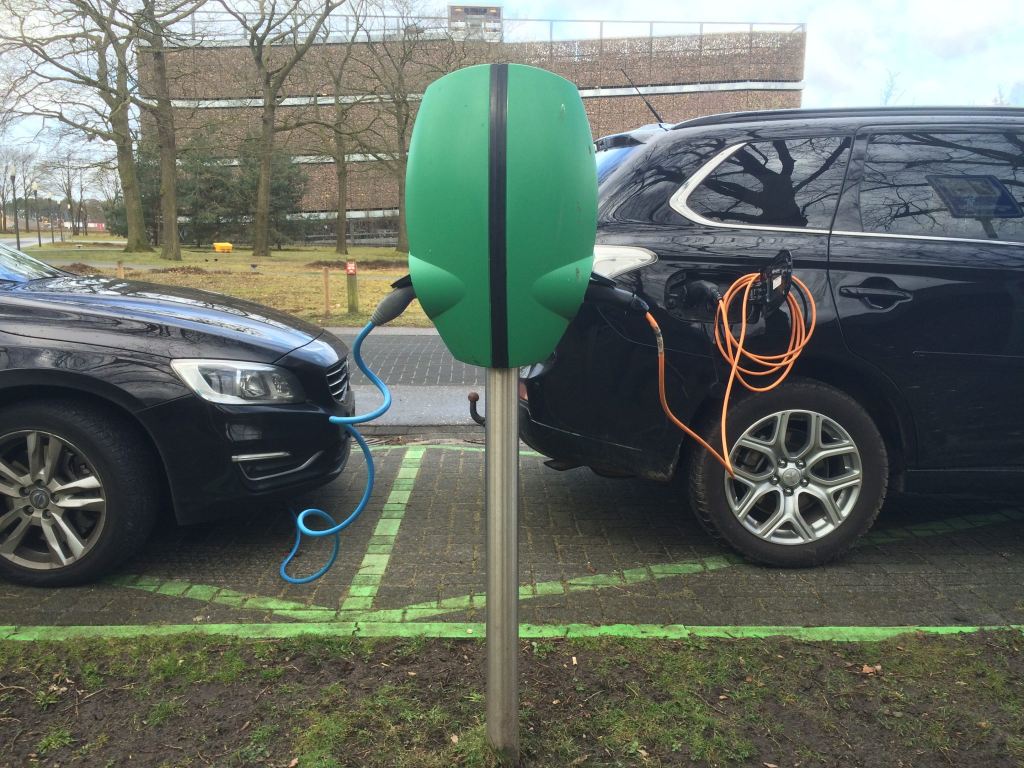
On High Tech Campus Eindhoven, around 6.000 people use a car to get to work each day. Among those, a growing group of 200 drive electric. That group has caught the eye of several companies looking to innovate electronic transport.
Last year, fifty charging points were placed across the terrain. Most of the day they are connected to vehicles belonging to employees on campus who will leave their car at the station for eight hours, or visitors, who will plug out again after a short stay.
Several years ago that mix caught the attention of energy distributor Enexis and chipmaker NXP. They approached campus management, exploring the idea of experimenting with smart charging stations.
Placing the charging stations fits into the idea of ‘Smart Mobility’
Together, the parties decided to take part in the VIBe project, leading up to the ‘World’s smartest grid’ project. Which also included Driessen Autogroep, Eindhoven University (TU-E) and the Brabantse Ontwikkelings Maatschappij (BOM) in the project, which was to be put into practice on campus.
Finally, Greenflux was added tot he mix. The company developed and delivered the stations to campus site. Part of that deal was that Greenflux would be given responsibility of developing universal ‘open source’ software that would allow the cars to communicate with their charging point. That software, along with an app that will be used by the cars owners, is now under development.
Sustainability
Nearing the end of 2015, Harrie Arends, Operations Manager of High Tech Campus Eindhoven, saw to it that the next thirty point were placed on campus. Adding up to the twenty point already placed in 2014. Cost per charging point: around 3.000 euro. Part of that investment came from campus, part came from government funding.
Placing the charging stations fits into the idea of ‘Smart Mobility’, focusing on innovating electrical transport and into a bigger picture of sustainability. An important part of campus identity. Since the start, High Tech Campus invested around fifty million euro in sustainable measures that enhance sustainable operations.

Smarter transport
“Eventually, we want the car to be able to communicate on how long it will use a charging point”, says Harrie Arends. “The energy supplier then can respond to that by selecting how much power a particular point needs.”
It’s all about creating smarter transport. “A dream of ours is to create an app that allows the car to tell the garage to select a parking spot on a set time, even before leaving home”, says Arends.
“Automated Valet Parking (AVP), would be an interesting feature to explore. Cars will get a built-in system that will allow automated parking upon arriving on campus.” This could be realized in the next ten to twenty years, according to Arends.
Arends: “We love it when companies come together to work on projects such as this. The charging points are a result of five collaborating parties, each one having it’s own niche. They came together to innovate. It’s a perfect example of what we as a campus stand for. This is the ecosystem at work.”
